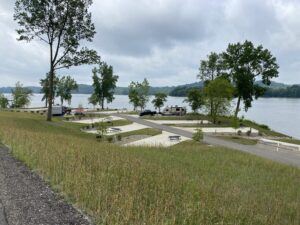
INDUSTRY TRENDS
Your Municipality Bond Rating Could Be At Risk
March 5, 2018 | WRITTEN BY: Shannon
By: Jeffrey Kerr, PLA, AICP, ASLA
The debate about climate change continues, but one financial institution is implying they are ready to penalize municipalities that don’t embrace the idea and plan accordingly.
Moody’s Investor Services, Inc. released a report that it is now looking at incorporating climate change into its credit rating assessments for municipal and utility bonds. It asks municipalities to address climate change and disclose how they intend to confront these risks including climbing global temperatures, rising sea levels, and mitigation and adaptation strategies as these factors will incorporate climate trends and climate shock into its rating structure.
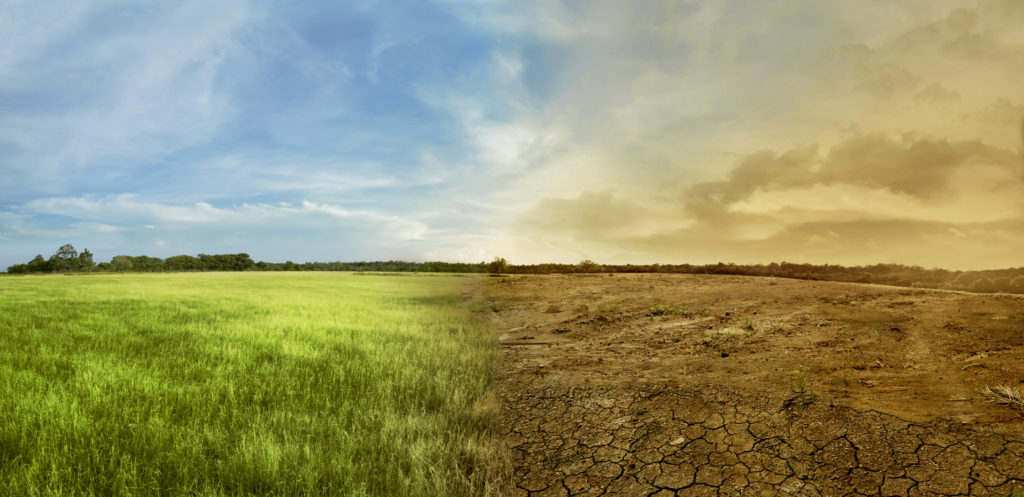
While this risk is most visible along our coastal cities and towns, the inner portions of the U.S. aren’t immune to the impacts global climate change could have, and based on this report, it’s an issue all communities should look at now.
Bond rating agencies assign ratings to judge the risk of default on issued bonds. The greater the risk, the higher the interest rate. The report describes climate trends and shocks as a “growing negative credit factor” for those states, localities, and utilities that don’t appear to be responding to potential climate change effects through mitigation or adaptation.
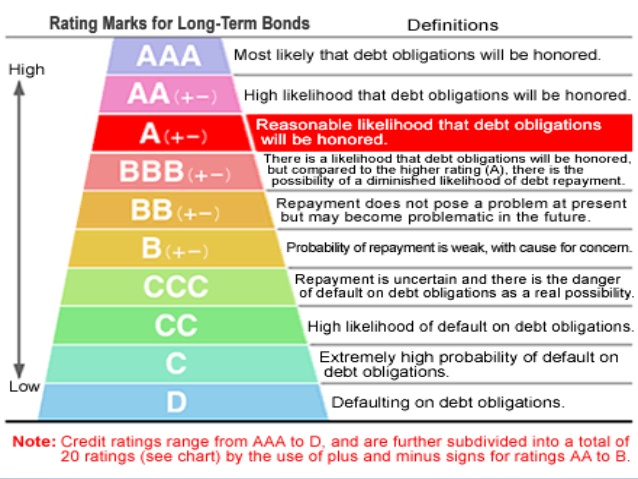
The report goes on to distinguish between two different climate factors:
- Climate trends are defined as changes over decades
- Climate shock is defined as extreme weather events exacerbated by climate change such as severe heat waves, droughts, floods or natural disasters brought on by mother-nature
What does this mean for middle American communities that could have a vested stake in losing their credit rating, which, in turn, could limit state and federal resources while local governments mitigate credit impacts?
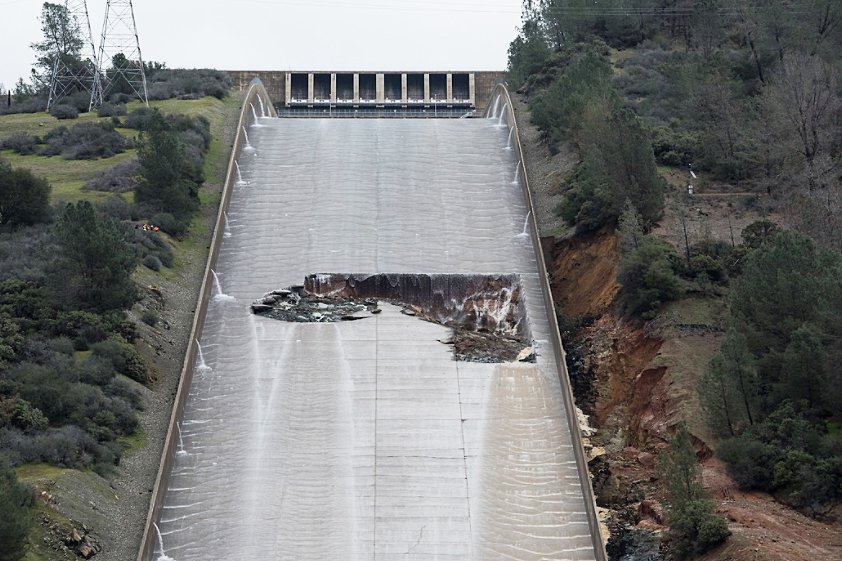
Regardless of what side of the fence a single person, or a community sits on regarding climate change, one things holds true – in recent years, examples of climate shock are more evident now more than ever:
- Historic rainfall in California led to the 2017 Oroville Dam failure, causing massive structural failure to the spillway and evacuation of 188,000 people
- The power grid is still not completely restored in Puerto Rico after hurricane Maria
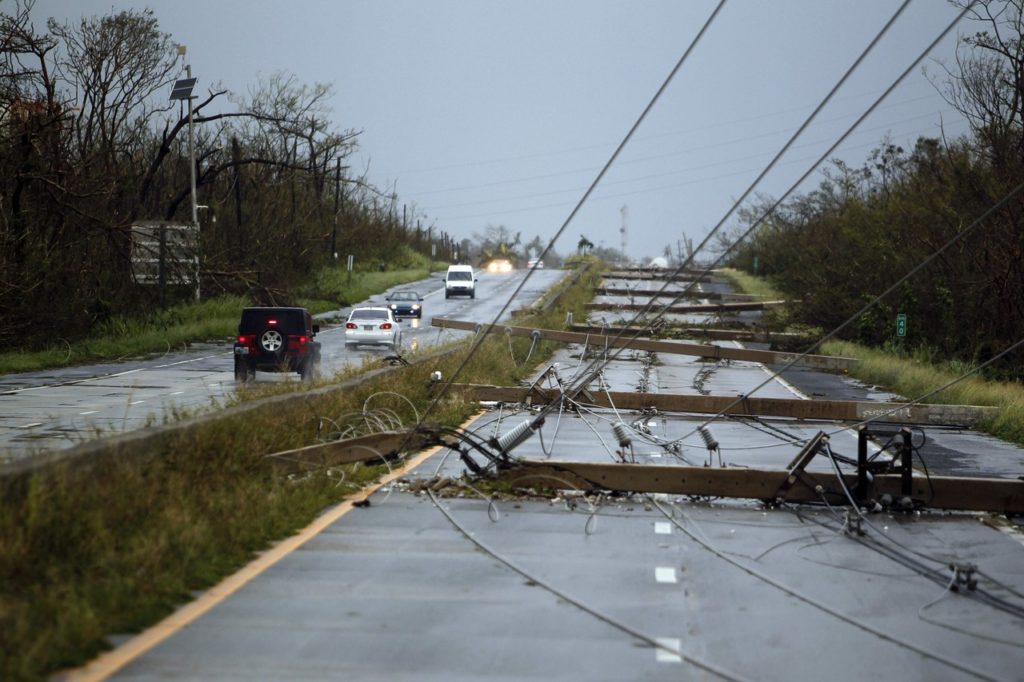
- The lack of snow in the Rocky Mountain are shortening the 2017-2018 ski season which could cost $154M in revenue
- Remnants of Hurricane Katrina in New Orleans where a depopulation shift (484,674 before, 386,617 in 2015) has reduced property values, income and sales tax
Many of our coastal communities have begun to integrate resiliency planning into regional and city planning including more natural and coastal ecosystems that can buffer hurricanes, flooding and droughts.
The Great Lakes Region is also affected by climate change. From the intensity of rainfalls and growing swings in seasonal temperatures, these elements are affected by climate change, and while I’d be the first person to vote for warmer winters, the impacts of this can and will be detrimental to the future of our world.
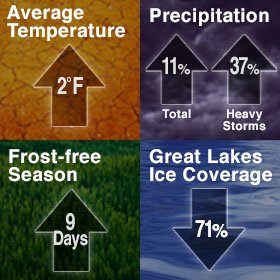
From an engineering and planning perspective, we have started to see impacts. More and more communities have seen more intense rainfall events that have led to flooding, stream erosion and water quality issues. While I have not read about any direct tie of climate change to the algae blooms in the western basin of the Great Lakes, it is a good example how changes in our ecosystem can financially affect local economies from reduced sports fishing and general tourism, to a cost increase for providing clean, safe water, and a potential reduction in real estate values.

What may be most alarming is a community’s ability to provide services and infrastructure, which are getting even costlier, as we react to increased damage from events, as well as having to engineer infrastructure able to handle more weather extremes. The rising costs of financing buildings and replacing dams, roads and utilities may now have a clear and direct correlation with credit agencies view on climate change.
While the climate shock events of this past year have provided big headlines, the slow and gradual shift in climate may ultimately put our communities at the largest financial risk. Residency, employment, development and general economic activity could start to show signs of shifting, and when that happens, states and cities will need to adapt with changes in population, revenue and, according to Moody’s report, perhaps higher rates.
When the credit agencies start asking, how will your city respond? Here are some steps local communities are implementing proactively:
- Tree canopy assessments – These studies help communities better understand and quantify the value trees provide to the local economy, hydrology and community aesthetics. Cities, like Akron have used this assessment to value and prioritize trees for stormwater runoff reduction

Tree canopy in Ohio - Open space assessment – This method is used to identify and prioritize critical open space for preservation. This process has been widely implemented with the Ohio Balanced Growth Plan to help municipalities balance preservation and development
- Flood impact study – These studies are created to identify how more intense rain events could affect a community. Cities can utilize these plans to identify critical municipal infrastructure and neighborhoods at risk of flooding and identify ways to reduce risks
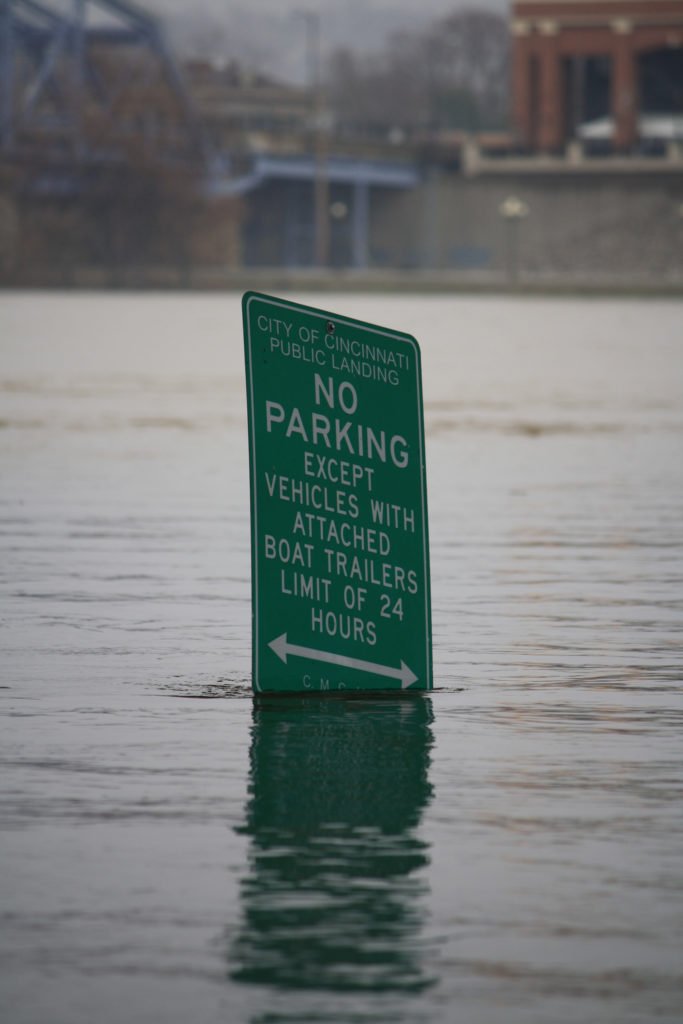
- Watershed focused development zoning and codes and subdivision development standards – This proactive policy focuses on future impacts and identifies holistic measures for environmental and stormwater mitigation
- Community-wide green infrastructure master plan – Combined sewer communities have been using these plans to mitigate climate effects on mandated control measures
Since we have yet to see such extreme climate shock impacts in the Midwest compared to other U.S. cities, does that mean the Great Lakes region shouldn’t prepare? Like so many other elements of our Midwest living, trends move from the coasts to middle America. Perhaps we should take warning and begin to integrate resiliency planning now to be environmentally, socially and now fiscally prepared for what’s coming.
RELATED TAGS:
[xyz-ips snippet=”comment-form”]



